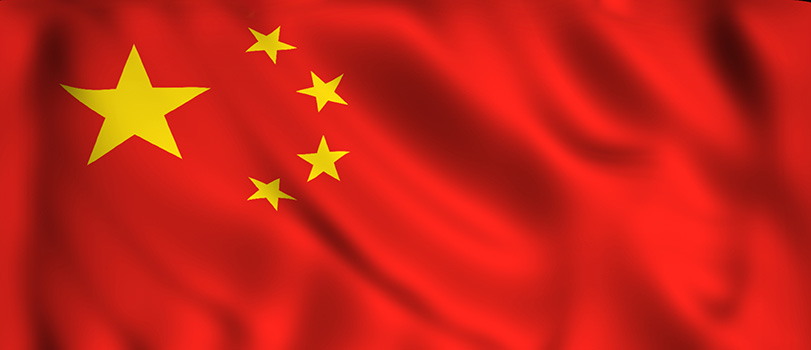©2025 Keller and Heckman, LLP
China Solicits Comments on Food-Contact Substances

On October 16, 2020, China National Center for Food Safety Risk Assessment (CFSA) requested comments on three new food-contact substances (FCSs) and on expanded use for three FCSs. The substances and specifications are shown below.
New Food-Contact Additives
- Calcium hydroxide (CAS no. 1305-62-0) for use in polypropylene (PP) plastic at a maximum use level of 0.05%.
- Alkanes, C11-15 (CAS no. 90622-58-5) for use in printing ink (for indirect food contact) at a maximum use level of 90% and a specific migration limit (SML) of 12 mg/kg. Other restrictions apply.
New Food-Contact Resin
- 2-Propenoic acid, 2-methyl-, polymer with N-(butoxymethyl)-2-propenamide, ethenylbenzene and ethyl 2-propenoate (CAS no. 26589-46-8) for use in coatings and coating layers with an SML of 6% (as methacrylic acid); 6% (as acrylic acid); and non-detect (ND) (N-( butoxymethyl)-2- acrylamide, DL=0.01mg/kg). Food contact coating and coating layers made from this substance may not be used to contact acidic food, fatty food, infant food, and breast milk, and the temperature may not exceed 121°C.
Food-Contact Additives for Expanded Uses
- C.I. pigment blue 15 (CAS No. 147-14-8) for use in poly (cyclohexylenedimethylene terephthalate) (PCT) plastic at a maximum use level of 0.025% and an SML of 5 mg/kg (as copper). Also, food-contact materials and articles containing C.I. pigment blue 15 must comply with purity requirements of colorant in Appendix A of GB 9685-2016 and may not contact food with more than 50% ethanol.
- Glass fiber (CAS no. 1309-42-8) for use in polytetrafluoroethylene (PTFE) plastic at a maximum use level of 25%.
- Talc (CAS no. 14807-96-6) for use in adhesives.
Comments on these substances are due by November 16, 2020.